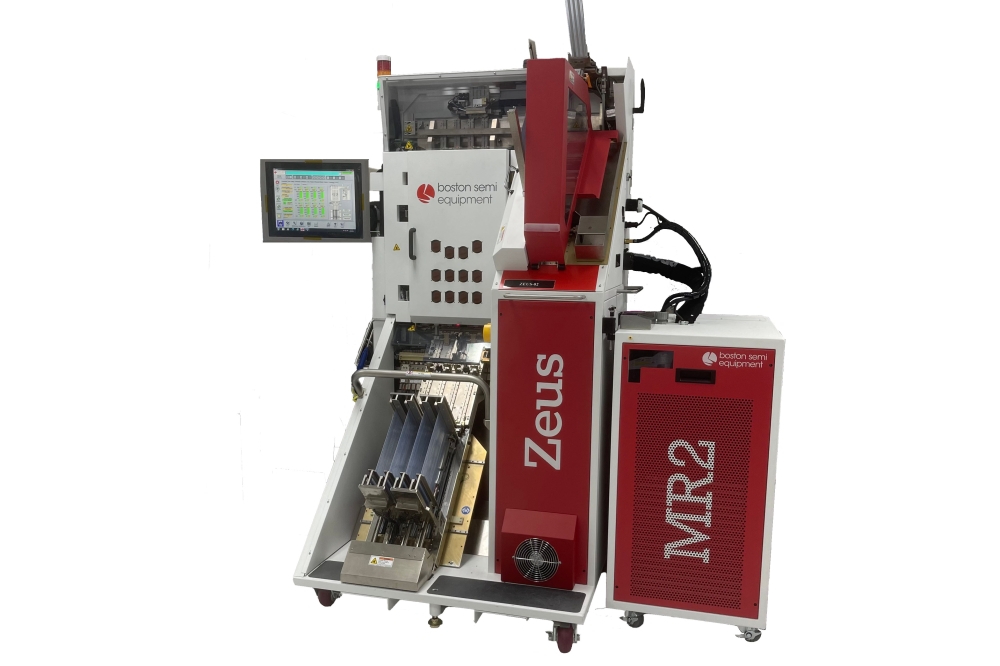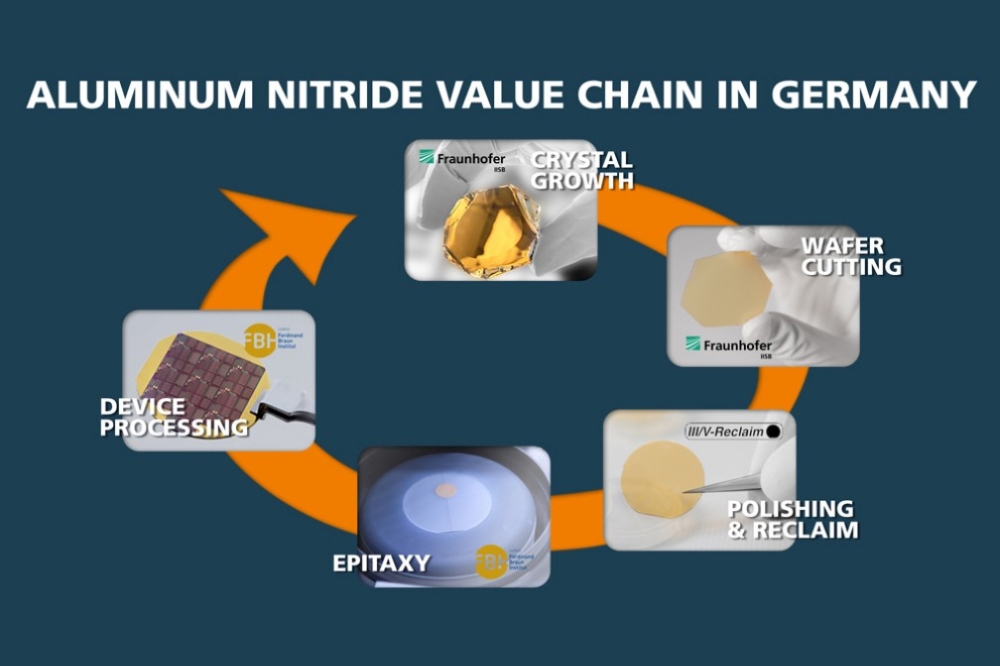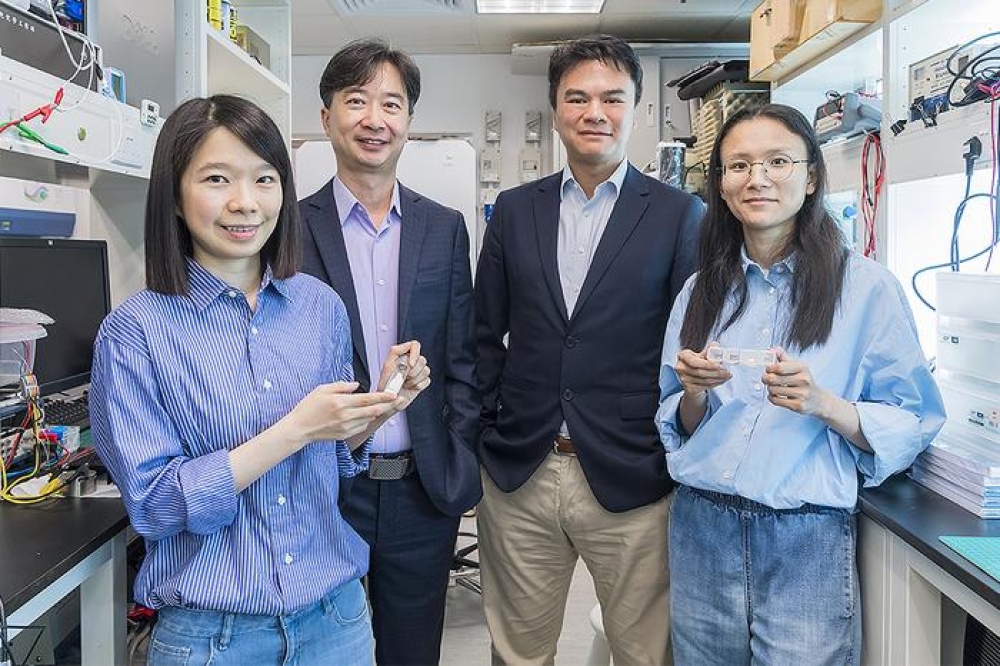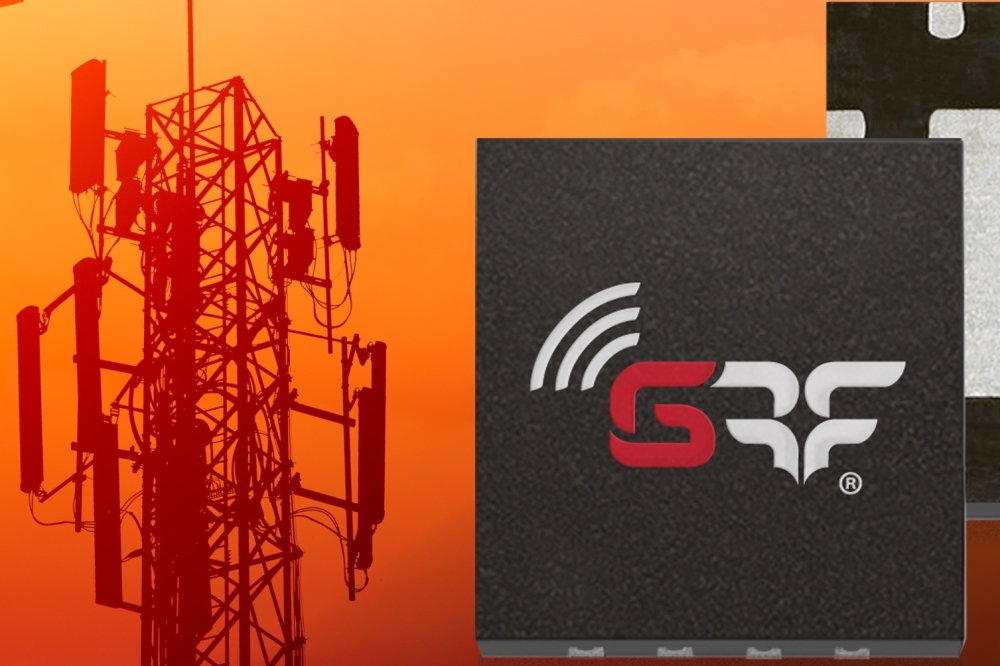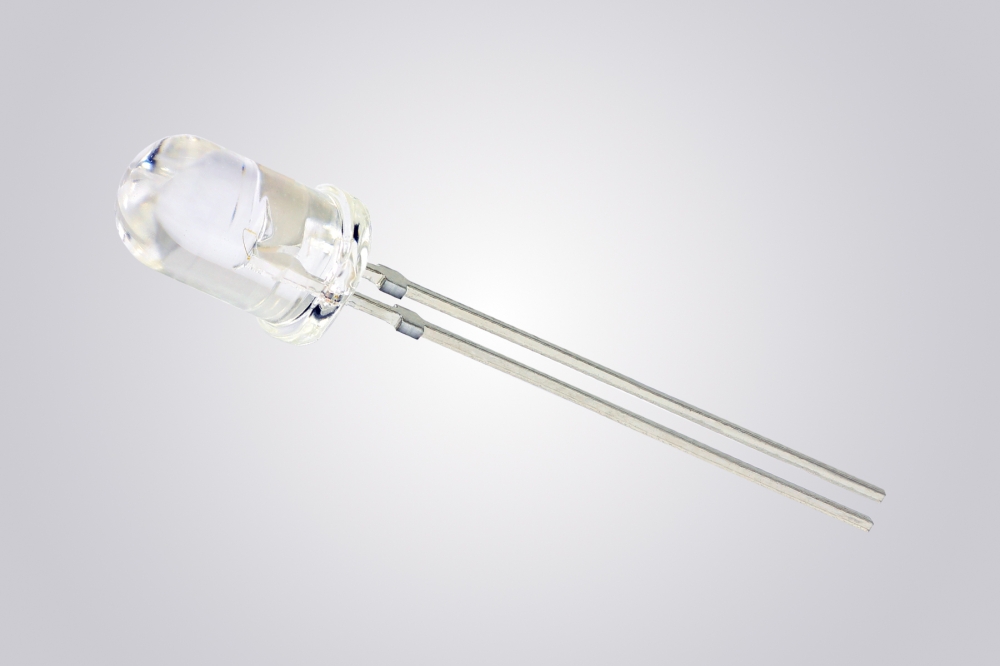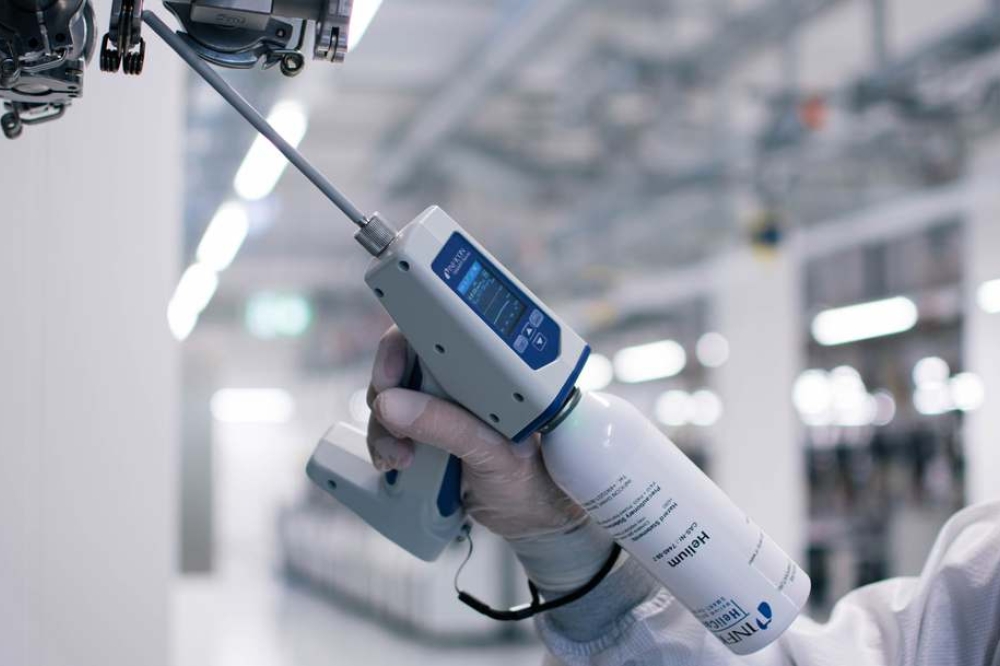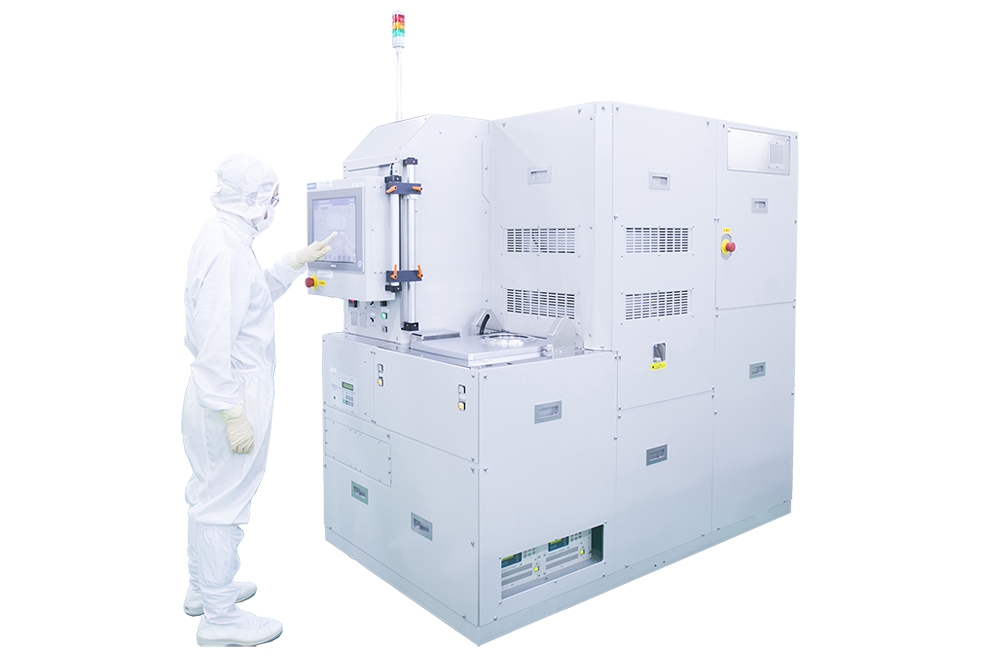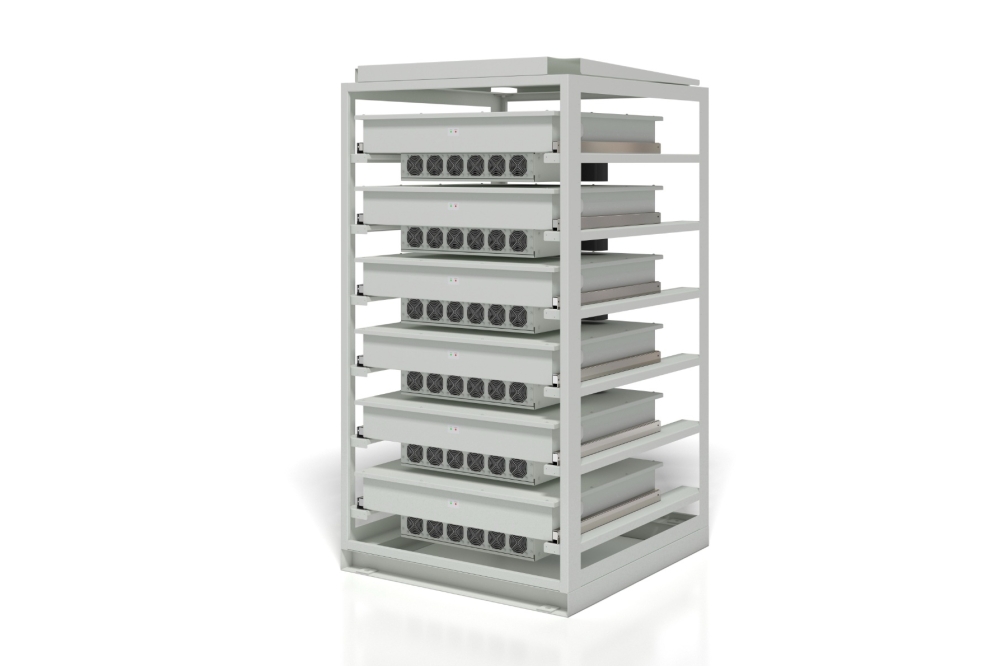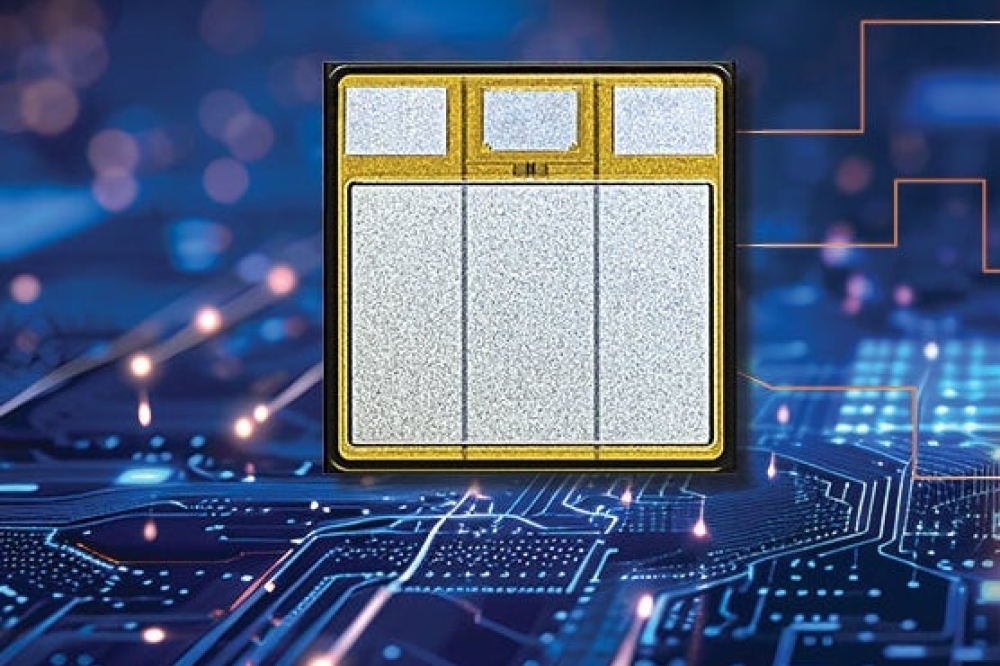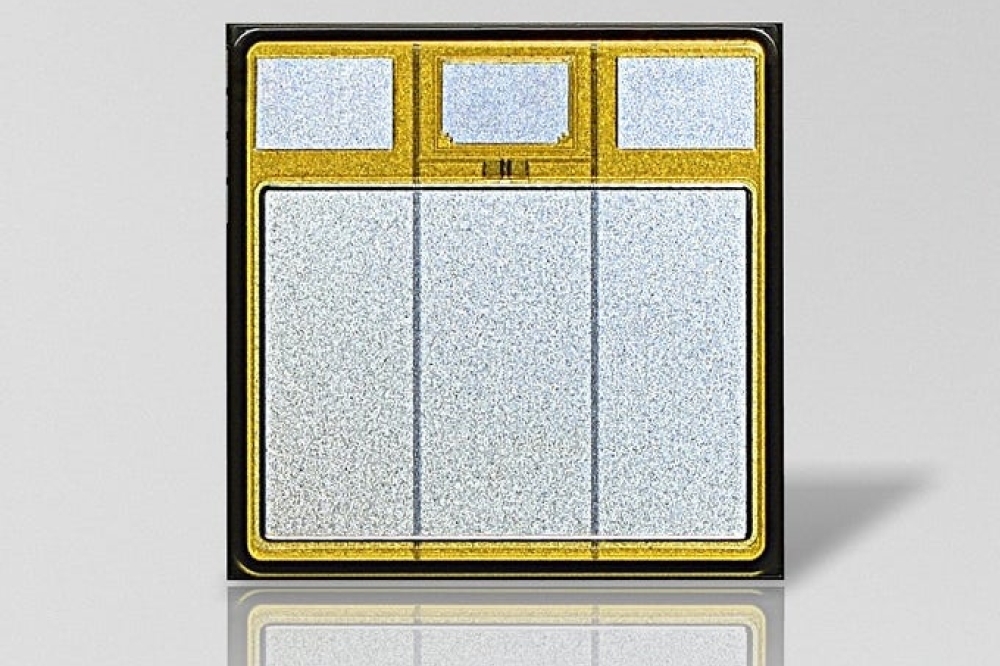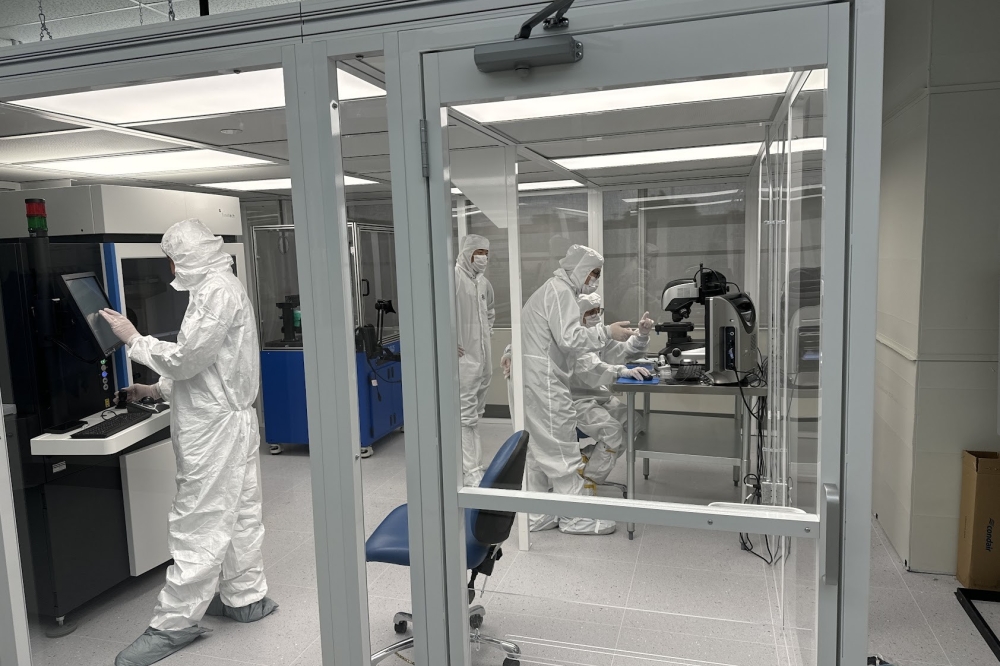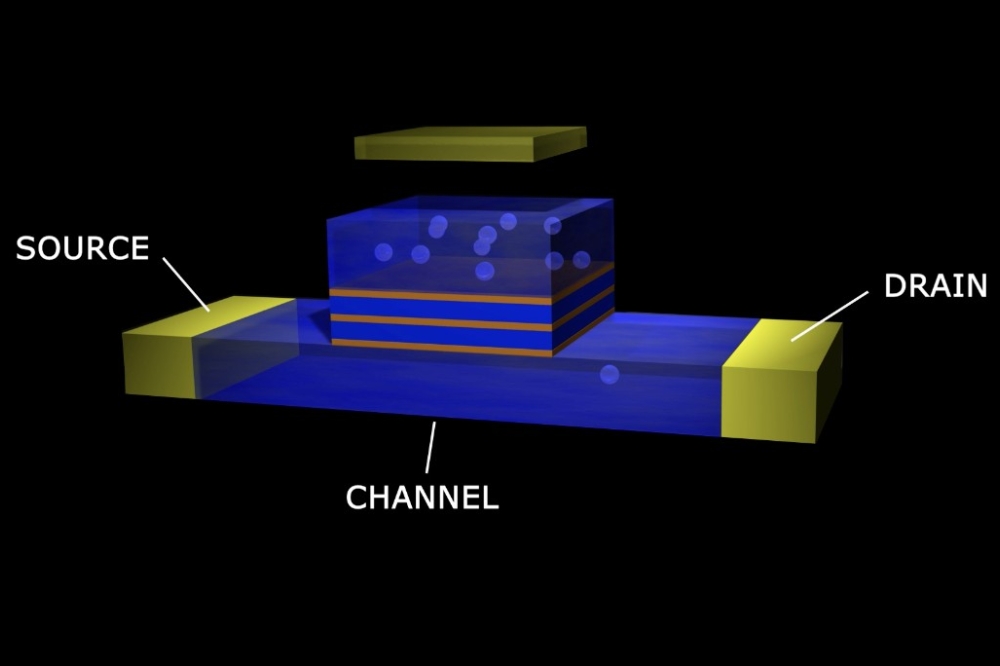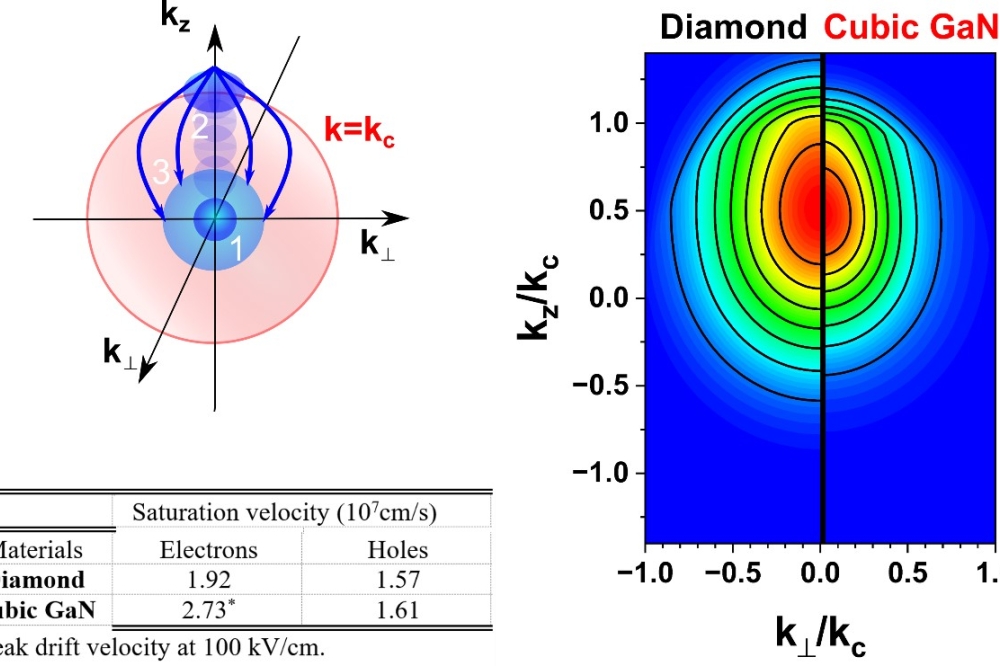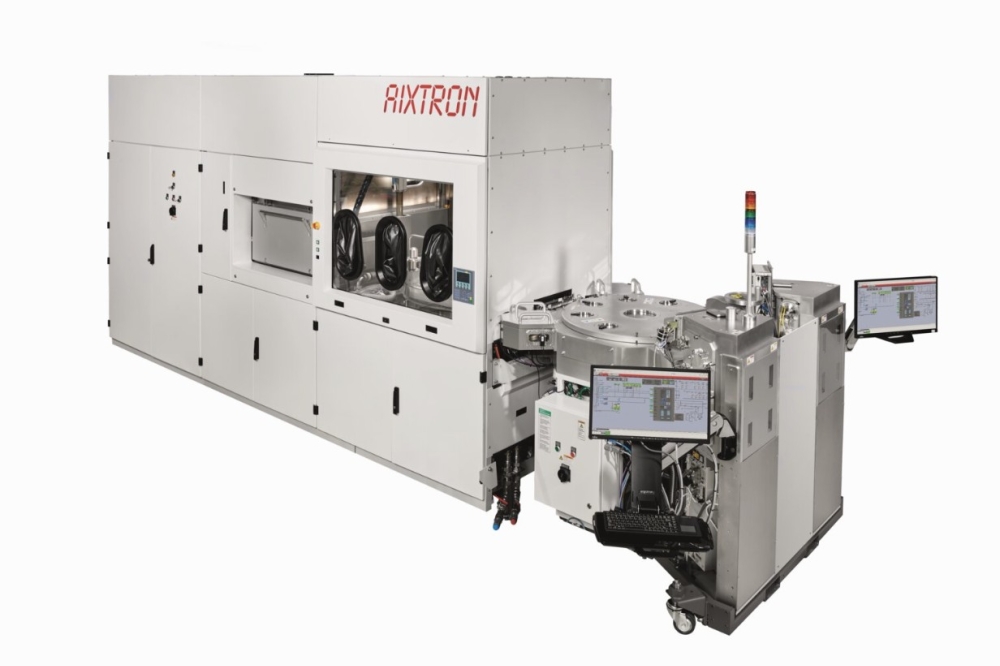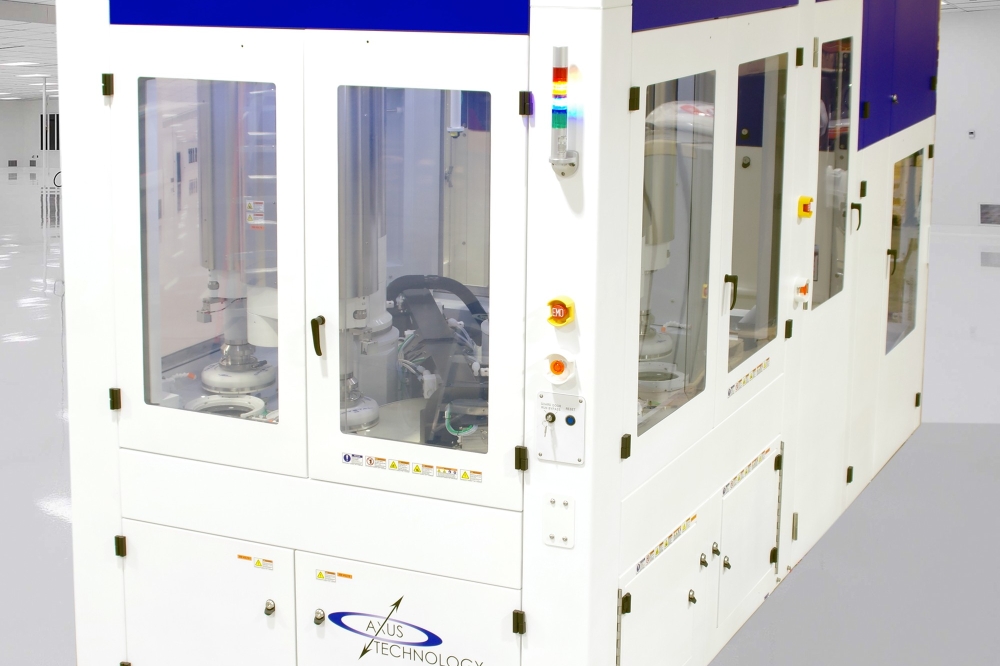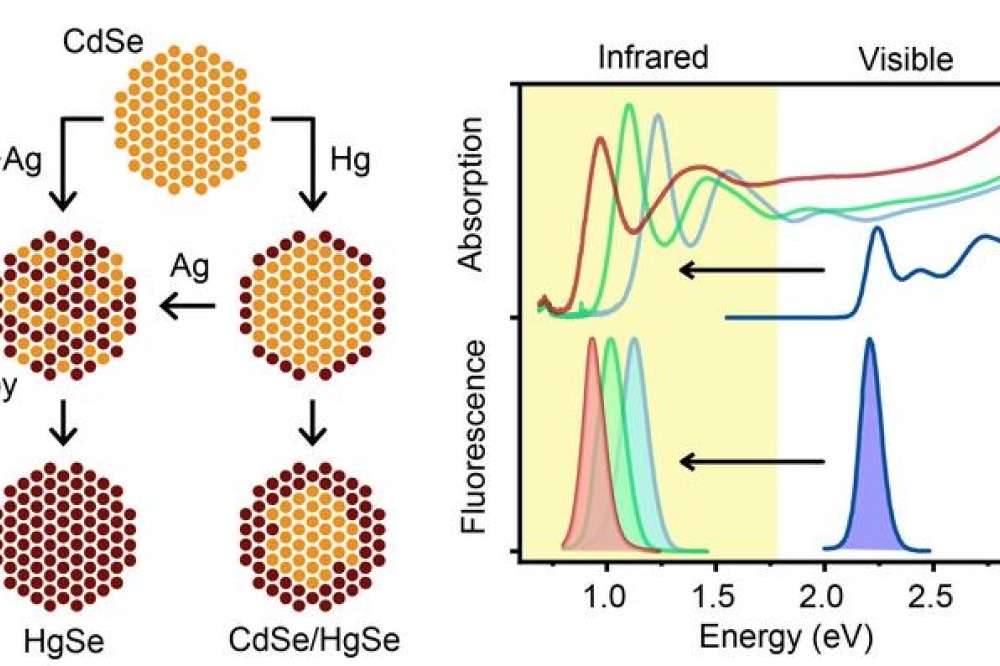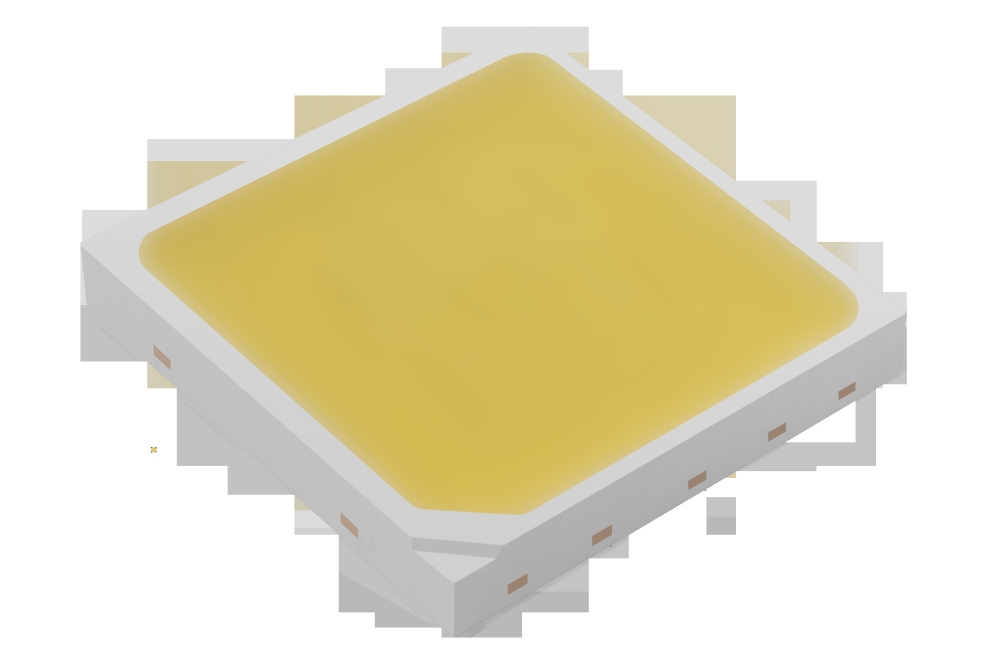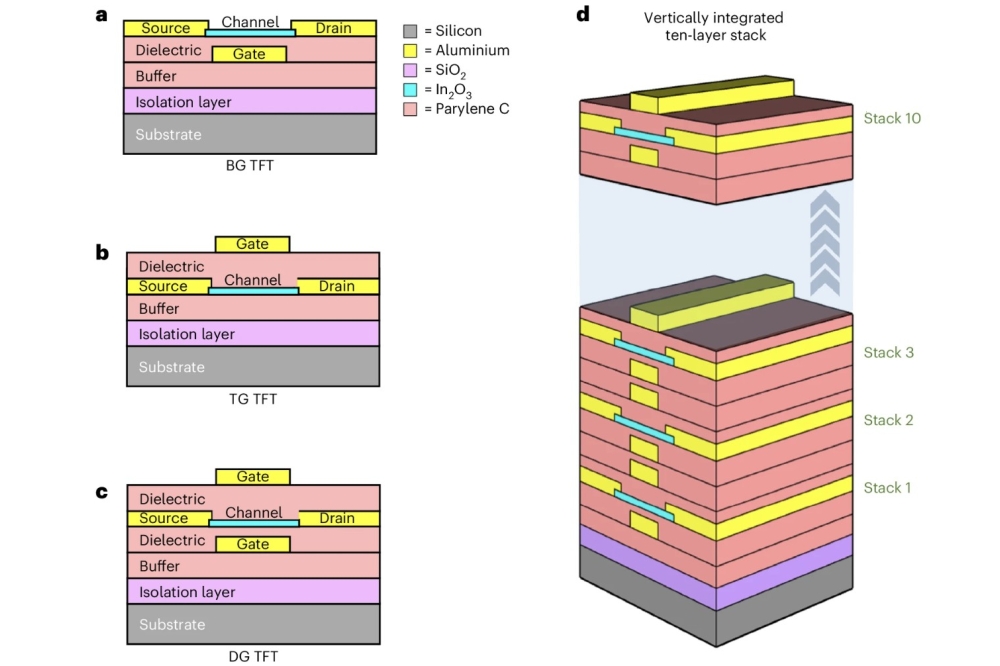Mitsubishi prototype validates 2011 SiC plan
Mitsubishi Electric has unveiled a prototype inverter module that reduces DC-AC power conversion losses by 70 percent.
The Japanese giant s module uses SiC devices in place of silicon transistors to make the efficiency gain. It also measures only one quarter of the size of typical silicon IGBT-based products, and is rated at up to 11 kW.
On February 18, the company premiered the prototype, which exploits six SiC Schottky Barrier Diodes (SBDs) and six SiC MOSFETs.
Mitsubishi Electric told compoundsemiconductor.net that it will use the technology in commercial products such as air conditioners, photovoltaic inverters and elevators by early 2011.
“We plan to make improvements in the SiC MOSFET and SBD to reduce power loss and will work to make devices that can handle higher powers,” said Tatsuo Ohmori, general manager of Mitsubishi Electric's Advanced Devices Technology Laboratory.
Ohmori also emphasized that Mitsubishi is working to reduce the cost of its SiC devices prior to commercialization.
Mitsubishi Electric has previously published details of SiC MOSFETs with channel lengths between 1 µm and 2 µm and breakdown voltages of 1.35 kV.
Ohmori and his team claimed that, at 5 mΩcm2, the MOSFETs then had the lowest on-resistance for any such device of similar size and voltage rating. Credited to precise design of the devices epitaxial channel structures, this figure helps minimize power lost as the inverter switches the MOSFETs on and off.
Its initial prototype inverters using these MOSFETs reduced losses by 54 percent from that seen in a silicon module, and operated with a power density of 9 Wcm-3.
The latest prototype model exploits a parallel connection technique first described at the European Conference on Silicon Carbide and Related Materials (ECSCRM) in Barcelona in September 2008.
As well as reducing losses further, this method boosts the inverter s power density figure "“ which gets larger as the modules get smaller "“ to 10 Wcm-3.



